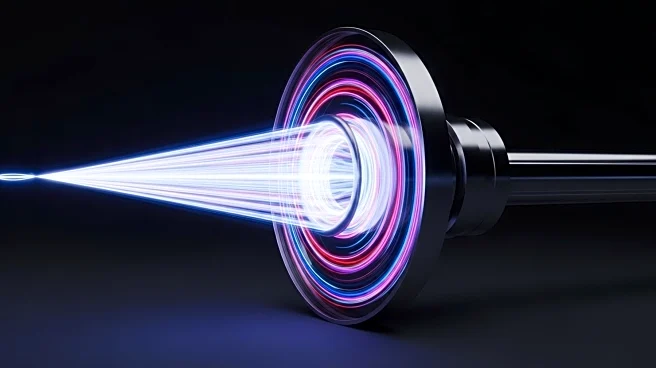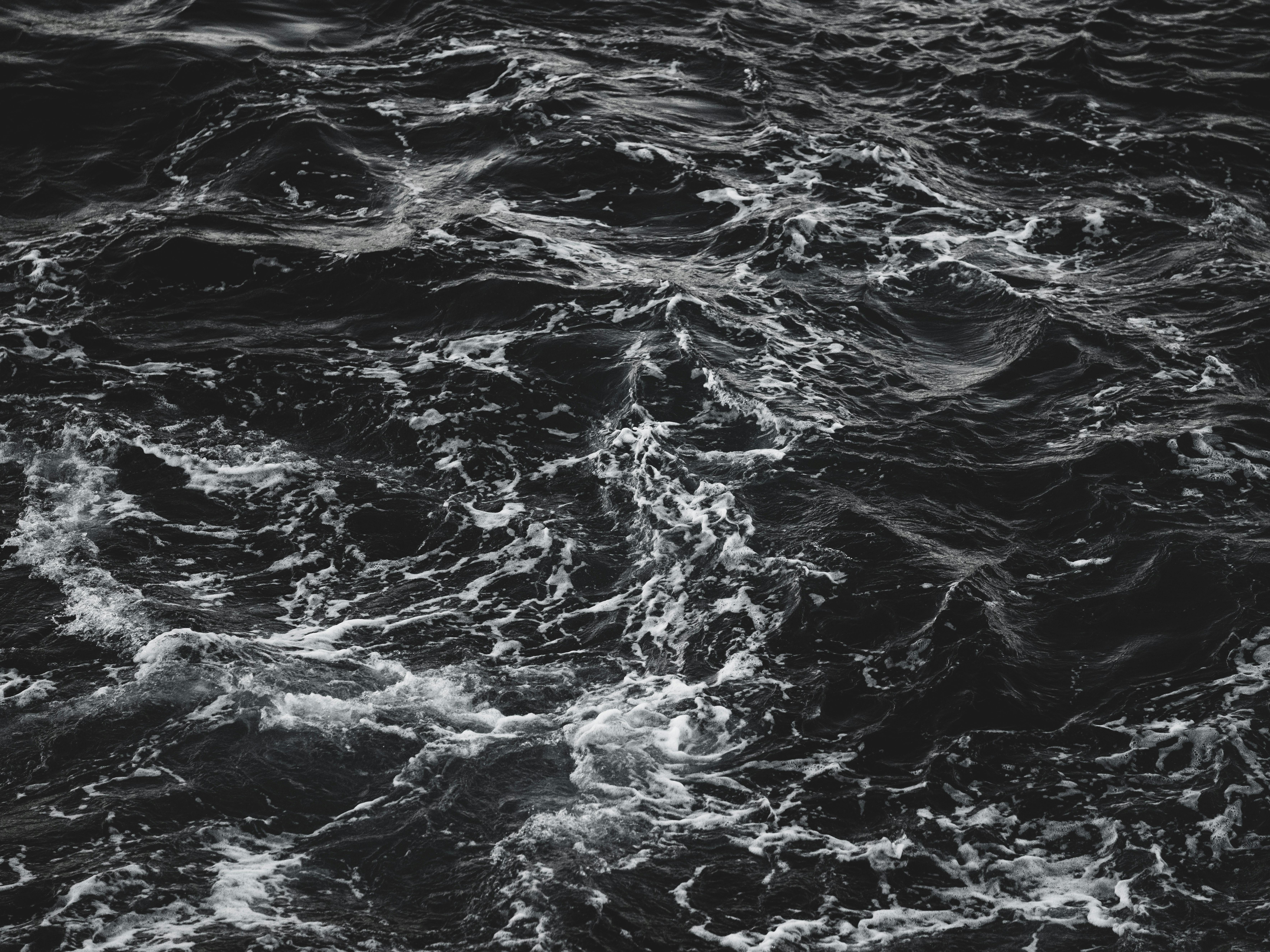What's Happening?
Scientists at the Vienna University of Technology have successfully simulated an optical illusion that appears to defy Einstein's theory of special relativity. Using ultra-fast laser pulses and gated cameras, they recreated the Terrell-Penrose effect, which suggests that fast-moving objects appear rotated rather than squashed. This phenomenon occurs because light from different parts of the object takes varying times to reach the camera, creating a visual rotation. The team used a cube and a sphere, firing laser pulses and capturing slices of light to build the illusion of these objects moving at nearly the speed of light. The study, published in Communications Physics, demonstrates that century-old predictions can be brought to life in a lab setting.
Why It's Important?
This experiment is significant as it provides a tangible demonstration of theoretical physics concepts, specifically the Terrell-Penrose effect, which has been difficult to visualize outside of mathematical models. By simulating the effect in a laboratory, the researchers offer new insights into the behavior of light and motion at relativistic speeds. This could have implications for future research in particle physics and the development of technologies that rely on high-speed motion and light manipulation. The study also highlights the potential for innovative approaches to explore complex scientific theories, potentially leading to advancements in understanding the universe's fundamental laws.
What's Next?
The successful simulation of the Terrell-Penrose effect opens avenues for further research into relativistic physics and optical illusions. Future studies may focus on refining the techniques used to simulate high-speed motion and exploring other relativistic effects in controlled environments. Researchers might also investigate practical applications of these findings in fields such as imaging technology, where understanding light behavior at high speeds could enhance the development of advanced cameras and sensors. Additionally, the experiment could inspire similar studies in other areas of physics, encouraging interdisciplinary collaboration to explore the boundaries of current scientific knowledge.
Beyond the Headlines
The experiment raises intriguing questions about the nature of perception and reality, as it demonstrates how geometry and light can create illusions that challenge our understanding of physical laws. This could lead to philosophical discussions about the limits of human perception and the role of technology in expanding our understanding of the universe. Furthermore, the study exemplifies the importance of creativity and innovation in scientific research, showing how simple ideas can lead to groundbreaking discoveries.













